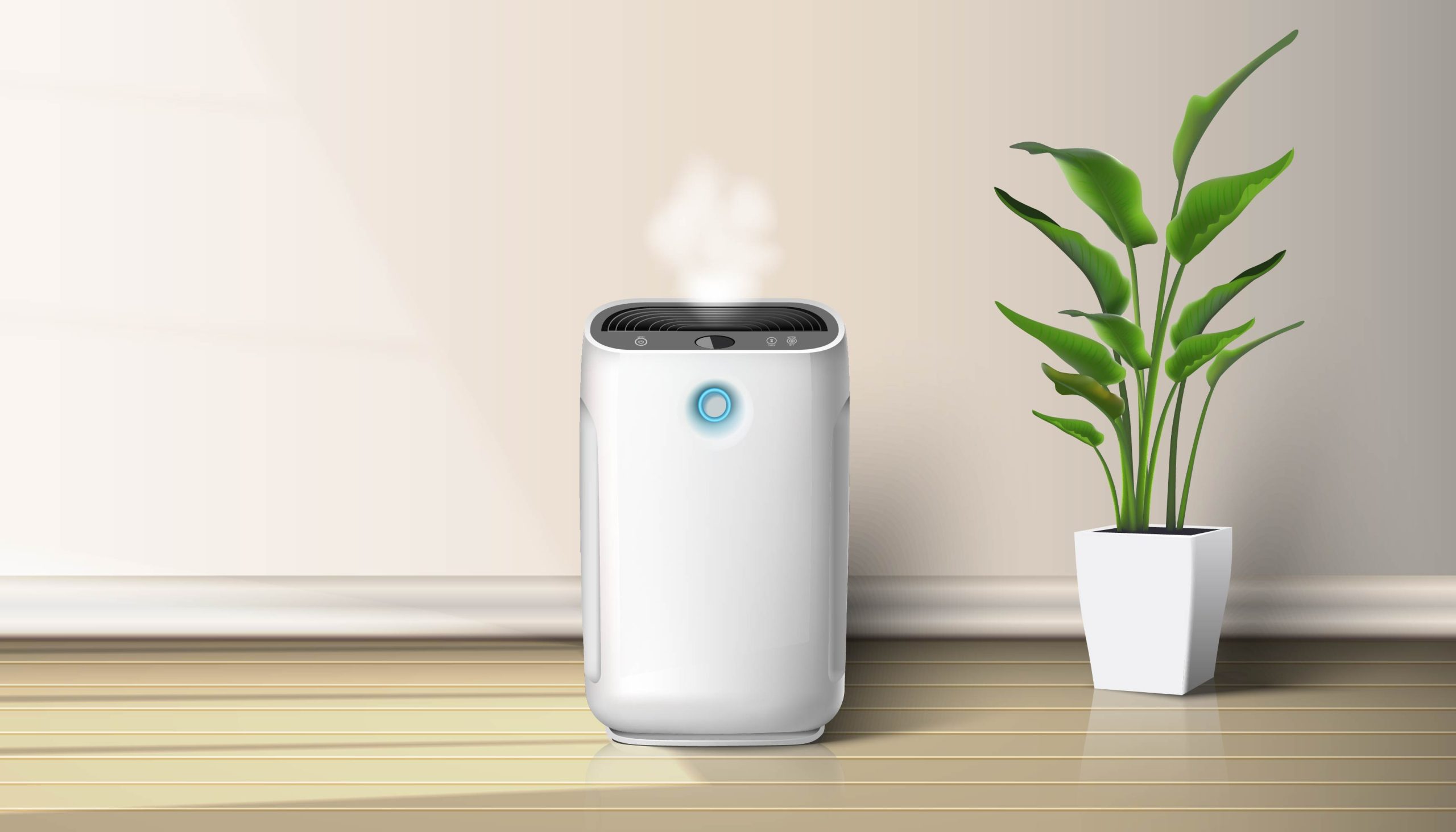Get Easy Health Digest™ in your inbox and don’t miss a thing when you subscribe today. Plus, get the free bonus report, Mother Nature’s Tips, Tricks and Remedies for Cholesterol, Blood Pressure & Blood Sugar as my way of saying welcome to the community!
Three foods that heal humidity’s health hazards

I was so excited when the weather changed from cold to warm. It was a long winter and suddenly the sun was out.
But as it gets even hotter, and rainy and damp … well, there’s a problem. Humidity and I just don’t get along. High humidity makes me feel sick, and I know from patients and readers that I’m not alone.
Humidity – both high and low – is one of the forgotten health hazards that we face and need to deal with. You may not know it, but by getting a handle on humidity and your body’s ability to deal with it can cure many health problems we face.
What is humidity?
Humidity refers to the relative level of moisture – or water vapor – in the air at any given time. When humidity is high, the air seems “thick” and feels “damp.” When you sweat, it does not evaporate to cool, but feels damp or “sticky.” When humidity is too low, the air feels “dry” and when you sweat, it can dehydrate you without you knowing it, among other things.
Humidity levels
While humidity is caused by the weather (higher in summer and lower in winter) and interior conditions (e.g., inside the home and inside the body), there is a sweet spot. Ideal humidity level relative to temperature is between 30-50%. Depending on how our bodies respond, other illnesses or ailments we may have, relative high or low humidity can make us sick and/or cause adverse conditions.
High humidity is a relative measure of 55% or higher. At these conditions your body retains dampness, sinuses become stuffy, and breathing becomes labored – making asthma and COPD worse. What’s more, dampness forms in the home, on walls and in basements that can promote the growth of molds, bacteria and dust mites. High humidity can also cause you to feel hotter than you are, give you sleeping problems, headaches, allergies and respiratory infections.
Low humidity is a relative measure of 25% or lower. At these conditions your skin and nasal passages can become dry and irritated your throat sore and your eyes itchy.
Study on humidity and health
A study published in the journal, Environmental Health Perspective, reviewed the health effects of relative humidity in indoor environments. Here is an excerpt of the findings:
“The indoor size of allergenic mite and fungal populations is directly dependent upon the relative humidity. Mite populations are minimized when the relative humidity is below 50% and reach a maximum size at 80% relative humidity. Most species of fungi cannot grow unless the relative humidity exceeds 60%. Relative humidity also affects the rate of offgassing of formaldehyde from indoor building materials, the rate of formation of acids and salts from sulfur and nitrogen dioxide, and the rate of formation of ozone. The influence of relative humidity on the abundance of allergens, pathogens, and noxious chemicals suggests that indoor relative humidity levels should be considered as a factor of indoor air quality.”
Managing bodily levels of humidity is also a key factor in reducing the onset of adverse effects of humidity.
This is another important health issue that Western medicine does not address, yet traditional Chinese medicine (TCM) focuses on a great deal, referring to the effects of high humidity as “dampness.”
TCM and dampness
According to the theories of TCM, dampness or “high humidity in the body” (i.e., water retention, inflammation, thick or sticky fluids, mucus) is the root cause of many diseases, such as respiratory issues, allergies, chronic fatigue, metabolic syndrome, high cholesterol and some cancers.
It causes feelings of heaviness in the limbs, belabored breathing, bloating, distended abdominal region, phlegm and mucus build up and discharge, eczema, nodular masses, cysts, lose bowels, and it relates to weight gain, high blood glucose levels, dizziness and joint pain and stiffness.
High “humuggity”
If you live in the deep south, you know what I’m talking about. It’s persistently hot for months, including at night, as opposed to just for several days or weeks at a time as you move north.
But no matter where you live, if you’re in an area where there are large lakes or the ocean or even underground streams, there is higher relative humidity because of how much water is being evaporated into the air.
Rooms that are partially or fully underground, like walk-down shops or basements tend also to be more humid and damp. This is why many cellars and basements feel damp and have mold and mildew growing in them. You know it when you enter the space because the smell is so sour. And remaining in the space too long is detrimental to your health.
Additionally, bathrooms often become humid from use of the sinks and hot showers. When the bathroom has little to no ventilation the moisture remains in the air causing fog which is damp and makes the room humid. Laundry rooms and laundromats are also humid places, from the wet clothes meeting the hot dryers, creating a damp heat environment.
In the body, humidity (dampness) develops in two ways: 1) it enters the body via relative humidity in the environment (basement) or atmosphere (weather); and 2) it enters the body through the food and drinks we consume.
Dietary causes and reducers of internal humidity
Within TCM is a branch of study called “medicated diet therapy” (MDT). This is not like Western views on food, which examine calories, fats, carbs for weight management. Rather, it classifies foods based on their action/changes in the body.
When you’re sick, MDT will tell you which foods to avoid and which foods to consume more of. In terms of interior dampness in the body, here are the basics of how diet affects it.
Foods to be avoided because they create an environment in the body ripe for dampness (humidity) include: Sugar, Fried/Greasy Foods, Milk Products, Processed and Refined Flour and Starches, Nightshades, Sodas and Alcohol.
There are quite a few food categories that help resolve (dry out) the dampness in the body, too. These include:
- Bitter foods, like green leafy vegetables, parsley, celery, water melon, zest of citrus, turnips, radishes and broccoli;
- High-fiber foods, like Adzuki beans, quinoa, amaranth, and whole grains;
- Aromatic foods and spices, like onion, ginger, chives, cinnamon, cloves, basil, rosemary, cardamom, fennel, and raw honey
By not consuming the dampness forming foods/drinks and by consuming more of the dampness resolving foods, you can restore your body to optimal conditions that will not create an environment where dampness can take hold in such a bad way as to create all the above-mentioned symptoms and diseases of high humidity.
What else you can do
The best things to do to have the best shot of preventing humidity-based symptoms and issues is to follow the MDT advice, not spend time in damp basements or environments, and to use humidifiers in winter and dehumidifiers in summer to help balance the climate in the home. If you can get one with a built-in humidistat, even better! You can also purchase a hygrometer from your local hardware or home improvement store that can tell you the relative humidity in your home and work place, and thus make adjustments accordingly. Using an air conditioner in the summer is also of great benefit.
One can only do so much to stay ahead of humidity and the health issues it can present. But luckily most of it is within our reach.
Editor’s note: Did you know that when you take your body from acid to alkaline you can boost your energy, lose weight, soothe digestion, avoid illness and achieve wellness? Click here to discover The Alkaline Secret to Ultimate Vitality and revive your life today!













